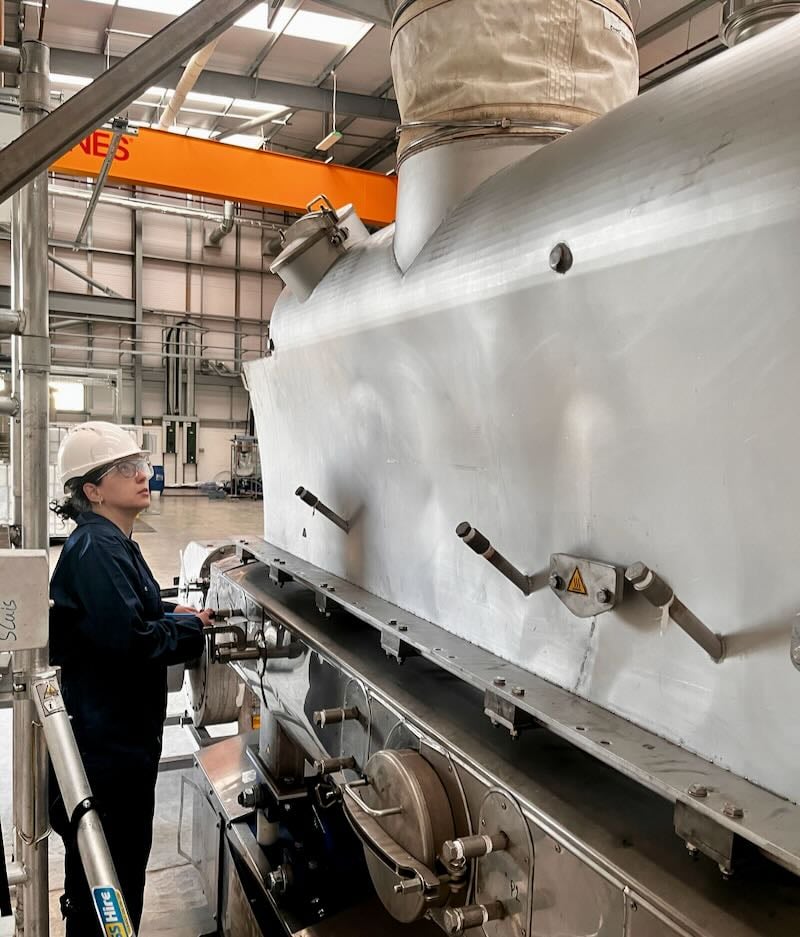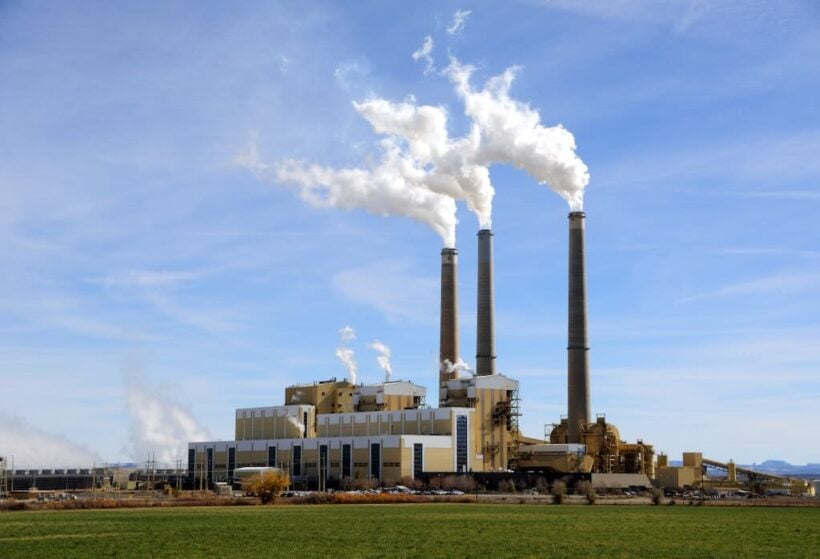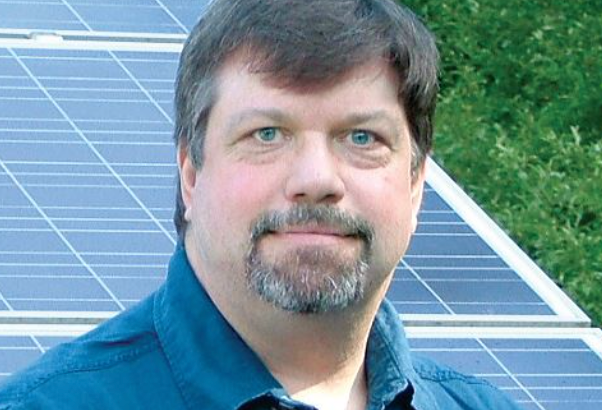There are two ways to reduce carbon in the atmosphere: curtail emissions going in or pull existing CO2 out. The former is the focus of the vast majority of practical efforts, such as replacing fossil fuels with renewable and nuclear power and replacing internal combustion engine vehicles with EVs. Frankly, this is the easier side of the problem, but it’s not proving to be so easy, after all. Carbon capture looks like even a tougher nut to crack.
Nevertheless, the next big advance might be out there. The U.S. Department of Energy (DOE) has awarded five companies a total of $1.5 million to further develop their promising direct-air capture (DAC) concepts into potentially deployable technologies. The awards are the DAC component of a larger government-funded effort to spur decarbonization technology development, including prizes for commercialization of DAC processes and building pilot facilities.

In Search of a Carbon-Capture Breakthrough
Commercial technology accelerators are a key aspect of bringing good ideas to the surface and enabling the resources needed to make them practical. Tito Jankowski, CEO of AirMiners, a California-based accelerator specializing in carbon capture tech, said the nascent state of carbon removal technologies is all the more reason to work harder on bringing new ideas to light.

“Decarbonization of sources alone is not enough to get us to a stable climate. We need to remove it,” Jankowski said. “The current level of these solutions is that they’re impractical, they’re expensive, they’re hard to build, they’re hard to scale, and we need to figure out how to do it, right? I mean, it’s just the task at hand.”
AirMiners, one of the DOE’s award finalists, solicits DAC proposals from all over the world. The company says it has received nearly a thousand applications and thus far has selected about 135 companies with which to partner.
(Credit: Airhive)
One of the key roadblocks to developing DAC technologies on an industrial scale is the power needed to operate large facilities. When people think of DAC they often picture plants that operate huge fans that suck in air and remove carbon with special chemically treated filters. Facilities like this do exist, although some have been shuttered due to their large operating costs.

Another method for removing carbon is to perform the capture at industrial sites such as refineries or natural gas wells. Here the idea is to filter out the carbon before it escapes into the atmosphere. While the mechanics are simpler because the gas is already concentrated and moving under pressure, it doesn’t do anything about the carbon already in the air.
New Approaches to DAC
Jankowski said this is where technology accelerators and programs like the DOE’s DAC awards come into play. There are lots of processes in the world that can be harnessed for carbon capture. He cites CREW Carbon, which uses ground-up carbonate rocks in municipal waste treatment facilities that trap CO2 as bicarbonate, which doesn’t return to the atmosphere. It turns out that wastewater is a major source of carbon emissions, and carbonate rocks are good carbon sponges. Grinding them up increases their surface area and makes them even more so.
“Our current capacity to remove carbon dioxide across any method is on the order of like a hundred thousand tons per year,” Jankowski said. “So, there’s like a million-fold growth needed in our ability to remove carbon.”










